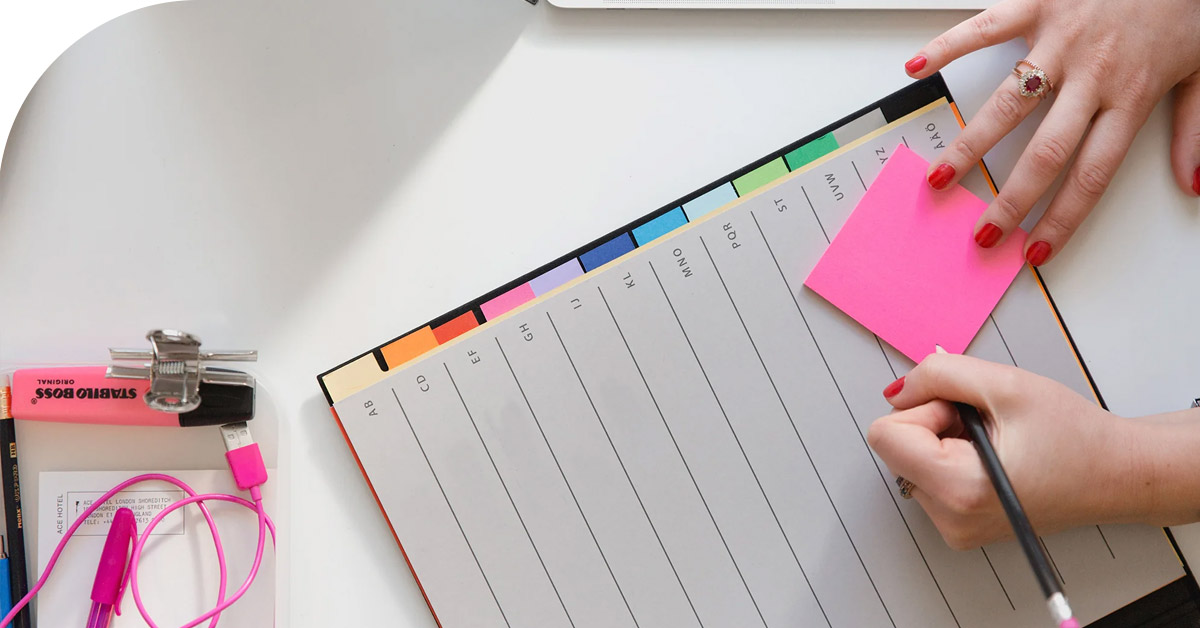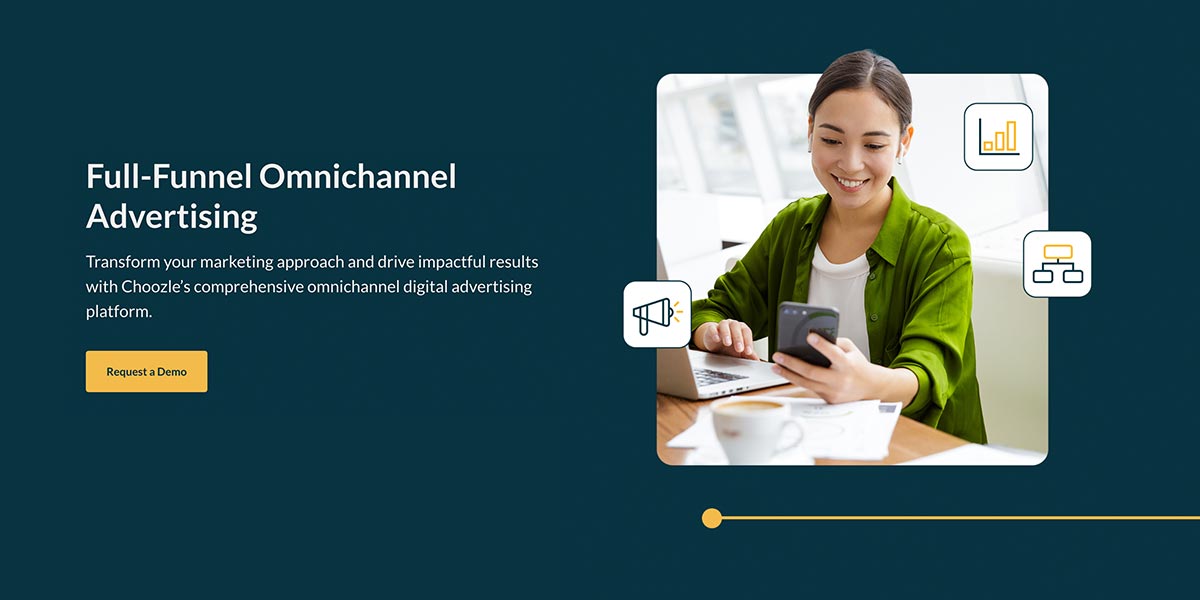Digital advertising has evolved from an experimental budget line item into a foundational business driver. In today’s crowded, AI-powered, data-saturated environment, setting up campaigns properly is the difference between outcomes and overspend.
Yet despite the massive global investment in digital media, expected to reach $740 billion in 2025, per Statista. According to Marketing Dive, nearly 75% of marketers say their campaigns fall short due to issues like unclear objectives, misaligned teams, and poor measurement strategies.
If you’re serious about making your digital advertising count, this guide outlines everything you need, from audience insights to post-campaign optimization.
1. Define Business Outcomes First
Before selecting audiences, budgets, or creatives, clearly articulate what success looks like.
Are you aiming for:
- Lead generation?
- Revenue growth?
- Brand awareness lift?
Retargeting existing customers?
Without an outcome-oriented strategy, campaign setup becomes guesswork. The most successful advertisers tie each tactic to a specific business metric and use tools that forecast and optimize toward those goals.
Choozle’s Outcomes+ solution supports this kind of outcome modeling, helping advertisers map ad spend to ROI through scenario planning and predictive AI.
Hot Tip: Use SMART goals (specific, measurable, achievable, relevant, time-bound) and tie each KPI to a meaningful business driver, like CAC, ROAS, or customer LTV.
2. Build Data-Driven, Precision Audiences
Effective campaigns begin with deep audience understanding, beyond surface-level demographics. Behavioral data, psychographics, purchase intent, and context signals are critical to ensuring your ads are seen by the right people at the right time.
Salesforce’s 2024 State of Marketing report found that marketers use an average of nine different tactics across the customer journey to deepen audience understanding. As third-party cookies decline, 84% of marketers rely on first-party data, and 78% use customer insight data like propensity to buy, churn risk, or lifetime value to inform targeting strategies.
Use:
- First-party data from CRM, website visits, or loyalty apps
- Lookalike modeling based on high-value customers
- Contextual targeting to match mindset and moment
- Retargeting pools to stay top of mind with past visitors
Choozle’s Targeting Tactics Overview outlines the many ways you can build and layer audience strategies across intent, behavior, geography, and more, ensuring your targeting is intentional and performance-driven.
3. Choose the Right Channels for the Journey
Your customer’s path to purchase isn’t linear. Your media mix shouldn’t be either.
Depending on your audience and goals, different channels will carry different weight. For instance:
- Display ads support broad reach and frequency, making them ideal for building brand awareness and staying top-of-mind. They’re especially effective when paired with audience retargeting strategies or sequential messaging, allowing brands to reinforce key messages throughout the customer journey.
- Connected TV (CTV) drives attention and brand lift through immersive, full-screen storytelling in a premium environment. With precision targeting and measurable results, CTV is increasingly used not just for awareness, but also for mid- and lower-funnel engagement strategies that link directly to outcomes.
- Search and shopping ads capture demand by reaching users who are actively looking for a product, service, or solution. These intent-based formats allow advertisers to appear at the exact moment of consideration, making them some of the most efficient tools for conversions and last-click attribution.
- Digital out-of-home (DOOH) reinforces messaging in key moments by delivering context-aware ads in real-world environments. Whether on transit screens, in gyms, or in elevators, DOOH offers high-impact creative opportunities with the added benefit of geotargeting and dayparting for maximum relevance.
- Retail media taps into high-intent shopping environments, making it powerful not just for retail brands but also for non-retail advertisers looking to reach consumers in a buying mindset. By leveraging rich first-party data from retailers and placing ads within digital storefronts, brands can connect with audiences during critical decision-making moments.
- Audio and podcast advertising drives brand intimacy by embedding messages into trusted, personal listening experiences. With listeners often highly engaged and multitasking, audio ads can build familiarity and influence consideration in a format that feels less intrusive and more narrative-driven.
The key is full-funnel orchestration. According to Nielsen’s 2025 Annual Marketing Report, only 32% of marketers measure their media spending holistically across digital and traditional channels. Brands that can break down siloed budgets—and integrate data-driven insights from both sides—are best positioned to optimize ROI and adapt in real time.
Choozle’s platform and services support unified omnichannel execution in a single workflow, helping you plan and manage campaigns across channels with consistency and flexibility.

4. Prioritize High-Impact Creative and Ad Formats
No matter how sophisticated your targeting, bad creative won’t convert. Great creative does three things:
- Grabs attention in the first 1–2 seconds
- Delivers a clear message with a strong visual hierarchy
- Matches format and context (short-form video for YouTube, mid-roll for CTV, etc.)
Contextual advertising, which aligns ads with relevant page content rather than relying on behavioral data, is proving highly effective. A report from Seekr highlights that a study by GumGum and Dentsu found contextual campaigns were 48% more cost‑effective than behavioral ones in driving conversions.
A/B testing is also critical. Test image versus video, CTAs, or color schemes to learn what resonates.
For brands without in-house resources, Choozle’s creative services option helps you launch engaging assets designed to perform across formats and platforms.
5. Set Smart Budgets and Bidding Strategies
Even the best-planned campaign can fall apart with the wrong budget model. In today’s always-on, multi-channel environment, buyers rarely move in a straight line from awareness to conversion. They bounce between channels, engage with multiple touchpoints, and expect personalized interactions every step of the way.
That means your budgeting approach needs to be fluid and flexible, informed by intent signals and performance data.
Here’s how to think about it:
- Balance upper- and lower-intent tactics. Don’t overindex on bottom-funnel performance channels like search. Brand-building tactics like CTV or display often influence conversion later—just not always in a trackable, last-click way.
- Use real-time optimization. Let your budget follow performance signals. With tools like AI-based bidding and automated budget reallocation, you can shift spend mid-flight based on what’s working.
- Segment by audience behavior, not funnel stage. Instead of dividing your budget into awareness/consideration/conversion, allocate spend based on how different audience segments engage. Some may convert quickly. Others need more education and frequency.
- Align bid strategies to outcomes. Use CPM or vCPM for brand visibility, CPC to drive traffic, and CPA/ROAS goals to maximize efficiency when you have solid conversion data.
Budgeting is no longer about assigning rigid percentages to a linear funnel. It’s about meeting your audience wherever they are—and dynamically adapting to how they move, not how you wish they would.
For a deeper look, check out Choozle’s blog: Why the Customer Journey Is No Longer Linear.
6. Tag and Track Everything from the Start
Without accurate tracking, you’re flying blind. Ensure you implement:
- Universal site pixels for holistic data collection
- UTM parameters on all links for attribution
- Conversion events like form fills, purchases, or downloads
Choozle easily integrates with analytics platforms TapClicks, to create dashboards that highlight campaign lift, not just clicks.
7. Launch, Monitor, Optimize—Then Do It Again
Digital campaigns don’t run on autopilot. You need to:
- Check performance daily (especially early in flight)
- Adjust budgets or audiences based on performance trends
- Swap creative to combat fatigue or low engagement
- Pause underperformers to reallocate spend
And when it’s over? Don’t just file the report. Analyze:
- Which creative had the best conversion rate?
- What segment delivered the highest ROAS?
- Where did users drop off in the funnel?
Then apply what you have learned to your next campaign. Continuous testing and learning are how you build long-term performance muscle.
Recap: The Digital Campaign Setup Checklist
✔ Define business outcomes
✔ Build precision audiences
✔ Select an omnichannel strategy
✔ Prioritize relevant, tested creative
✔ Set strategic budgets and bids
✔ Tag and track from day one
✔ Monitor and optimize mid-flight
✔ Analyze and apply learnings
Ready to Build Smarter Campaigns?
Success in digital advertising doesn’t come from spending more; it comes from setting campaigns up with clarity, precision, and purpose. When you build smarter from the start, you position every dollar to work harder.
If you’re ready to improve performance, reduce waste, and build campaigns that deliver, let’s talk. Set up a meeting with our team to explore how Choozle can support your strategy, execution, and optimization.







